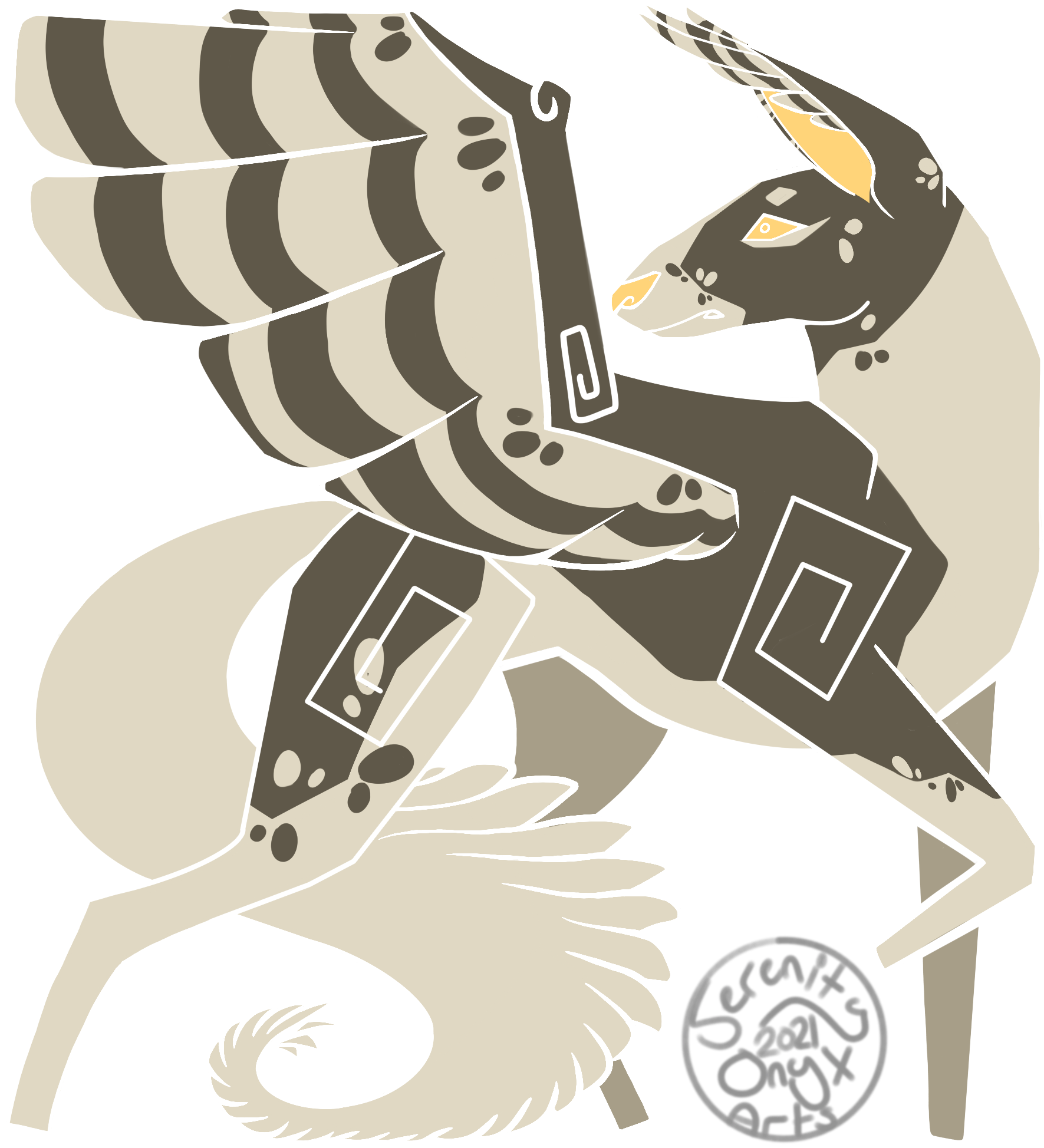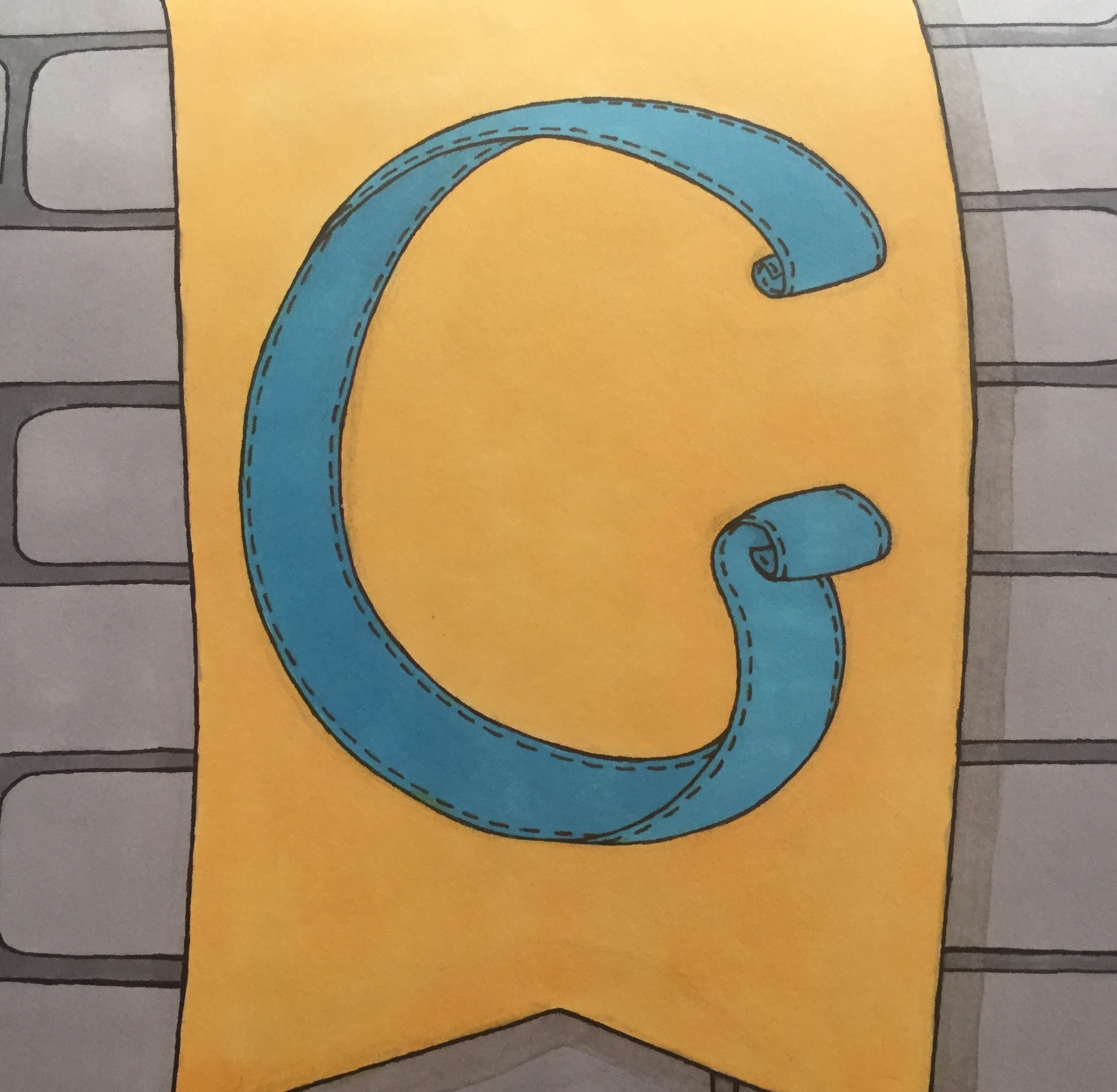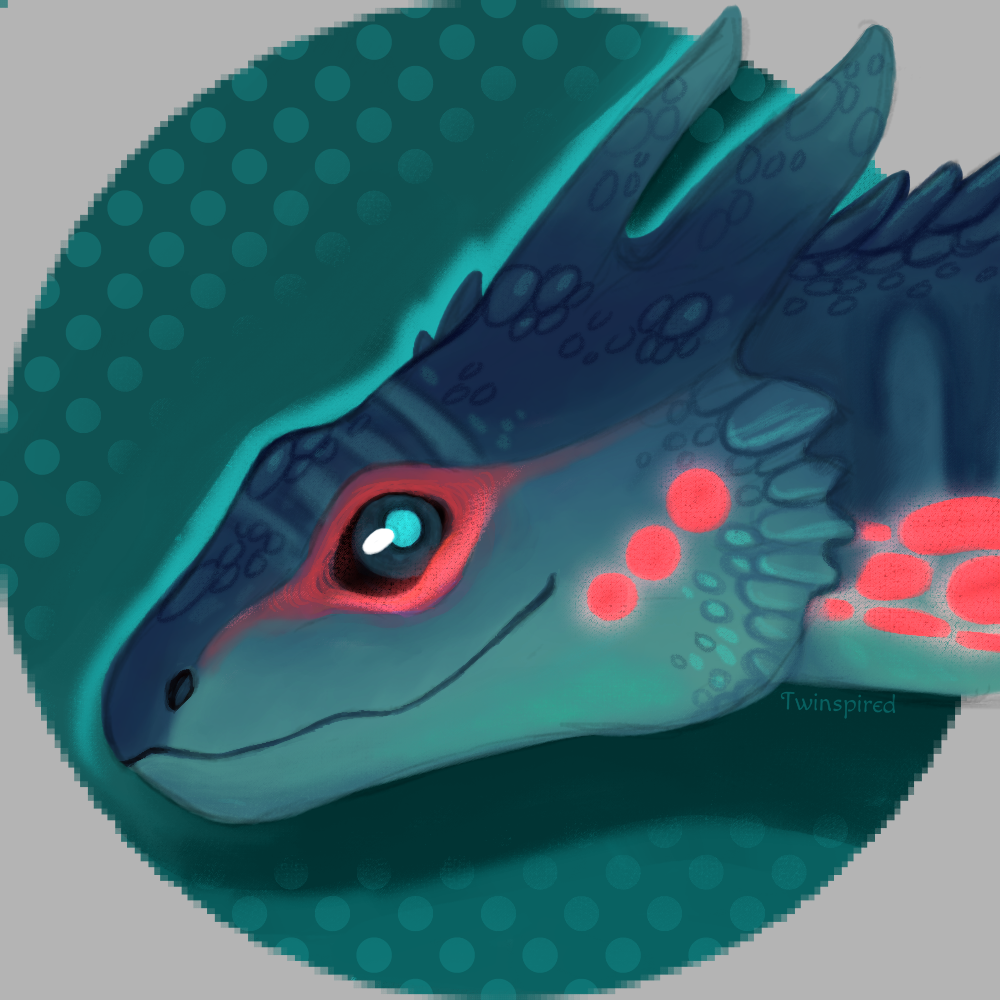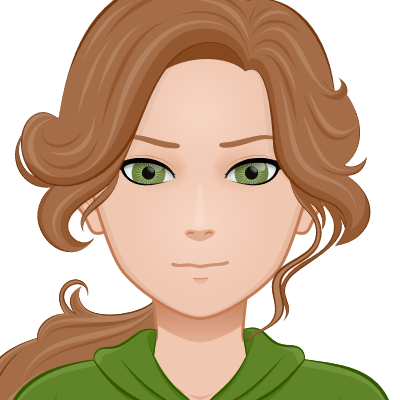The ancient kingdom Amon'isetti held the belief that the Arellund originally descended from the sky to lick the wounds of dead heroes slain in battle so they could relive or resurrect. It is perhaps from this where the Arellunds status as a sacred animal stems from.
An ancient and unusual breed of hunting hound, finding its origins in the far flung annuals of a forgotten time.
A proud and noble species of exotic winged canines, whose long interwoven history with the pharaonic dynasties of the Ancient Aelfaune made them an iconic companion of kings and queens. Examples of these winged hunting dogs can be found depicted on hieroglyphics, monuments and in the tomb paintings from numerous Amon'Isettiii and Veilnakarii ruins, always depicted by the feet of powerful figures and monarchs suggesting them to be a symbol of royalty and prestige.
Beside the mystifying Ssylynx, the Arellund had become one of the iconic symbol of these ancient cultures, that still endure to this day in the underground domain of
Phyraxgia. While many still remain in captivity, large numbers managed to escape and became wild once more during the catastrophic events that would inevitably plunge them and their masters into the underworld millennia ago, now calling the savannas and grasslands of the
Nirkana Valleyhome.

by SerenityOnyx
It was the strangest thing. The majestic creature before me, was most unusual. It was as if it had stepped out forth from a tomb painting of a bygone age and now stood before me. While I stared in awe, it paid little attention to me, vanishing back into the undergrowth as quickly as it appeared.
Behaviour And Ecology.
While a significant number of Arellund's are typically found as domesticated pets in
Phyraxgian menageries. Large numbers of wild Arellund are still found native to the arid deserts and river valleys of the Dsja'taresh. Preferring to use open fields and grasslands for foraging, whilst staying close to the jungle oasis's that snake along the Nirkana river to rest and build dens for their pups.
When little prey or suitable vegetation is available, they will venture out into the arid grasslands and stony deserts of the underworld, avoiding the barren shifting sand dunes. The Arellund is an opportunistic omnivore, specialising on preying upon medium-sized animals, including small mammals, large insects, birds and fish. However in times of hardship they will not shy away from carrion. Despite this penchant for meat, the largest portion of its diet consists of vegetable matter; fruits, roots and tubers in particular.

by SerenityOnyx
Arellund pups are well known for their luxurious silky coats, often targeted by poachers for their pelts or to be captured and sold on as pets in the black market. Under
Phyraxgian law, selling Arellunds without royal ascent is veiwed as a serious criminal offence due to their cultural significance in
Phyraxgia.
Social Interaction.
Unlike other canines that are social predators, existing in large tightly knit packs and large social groups the Arellund do not have to depend on a pack to be successful hunters, preferring to be solitary hunters. When hunting alone, it trots around an area and occasionally stops to sniff and listen. Only mated pairs typically establish a basic social unit or larger family groups accompanied by their current litter of pups. In times of hardship, scarcity of food or droughts Arellunds' do exhibit patterns of flexible social organization seeing large numbers converging together for their own mutual survival. However such arrangements are short lived. Monogamous pairs are known to defend a shared territory remain with the one partner until death, such territories are typically a series of crisscrossed paths they mark as they patrol at night.
Social interactions such as greetings, grooming, and group howling are common among mated pairs and their offspring. Howling is particularly used as a territorial defence to perturb intruders or when they detect the presence of large carnivores. Typically howling occurs at dawn and in the evening, and sometimes at midday. Outside of mating, individual Arellunds' rarely encounter one another, unless the availability of food forces them to leave their own territory for up to several days before returning to their home range.
Lifespan
8-12 (average) years in the wild but there are records of domesticated Arellund hounds living into their mid-20s.
Average Height
32”-38” | 81-97 cm
Average Weight
55-100 lb | 25-45 kg
Average Length
33”-38” | 84-97 cm
Average Physique
Generally large and elegant.
Domestication
The exact domestication process of the original Arellund hounds is largely unknown and lost to the annuals of history. The only information cyphered from sources come from ruins and ancient hieroglyphics that few today can still decipher. Offering very little insight as to how the Arellund came to be domesticated by the ancient monarchs of Amon'Isettii and their successor civilisations.
Typically Arellunds are kept in pairs, as they had been in depictions of the kings and queens of old.
Originally domesticated as hunting dogs, only the quickest and most intelligent Arellund were selected for the aristocracy, traditionally accompanying mounted hunters who release pairs of a male and female Arellund in each direction to search and draw out their prey. When their quarry is found the hounds give chase, the small and more agile female in the lead with the male keeping the prey from darting too far to the sides.
Favoured of the Pharahess
The hounds of kings and queens are favoured pet amongst
Phyraxgian nobility.The Palaces of
Phyraxgia are rumoured to be home to a vast number of Arellunds, some claim that they outnumbering the traditional Ssylynx found in most noble residence.
However such claims are viewed as idle nonsense and hearsay in view of the exclusivity of a domesticated hound. In bygone times, an Arellund could not be purchased but be only given as gifts by a member of the royal family with express permission of the
Pharahess. This prestigious status the Allelund enjoy in
Phyraxgian society over the centuries has endured since time in memorial. In rare cases, an Arellund has been present as a gift to high ranking foreign dignitaries, the significance and mark of respect such a generous gift cannot be underestimated.

















This is an elegantly designed animal. Is there a reason for this canine to have grown an extra set of limbs or is it just a 'magical' evolution?
Hi! Thank you so much :D We put a lot of love into our critters and I like to hope it shows! And yes indeed, I'm not sure if Ast already had updated the Physiology section but we've popped a brief reason they developed wings in our rather inhospitable desert! ^_^